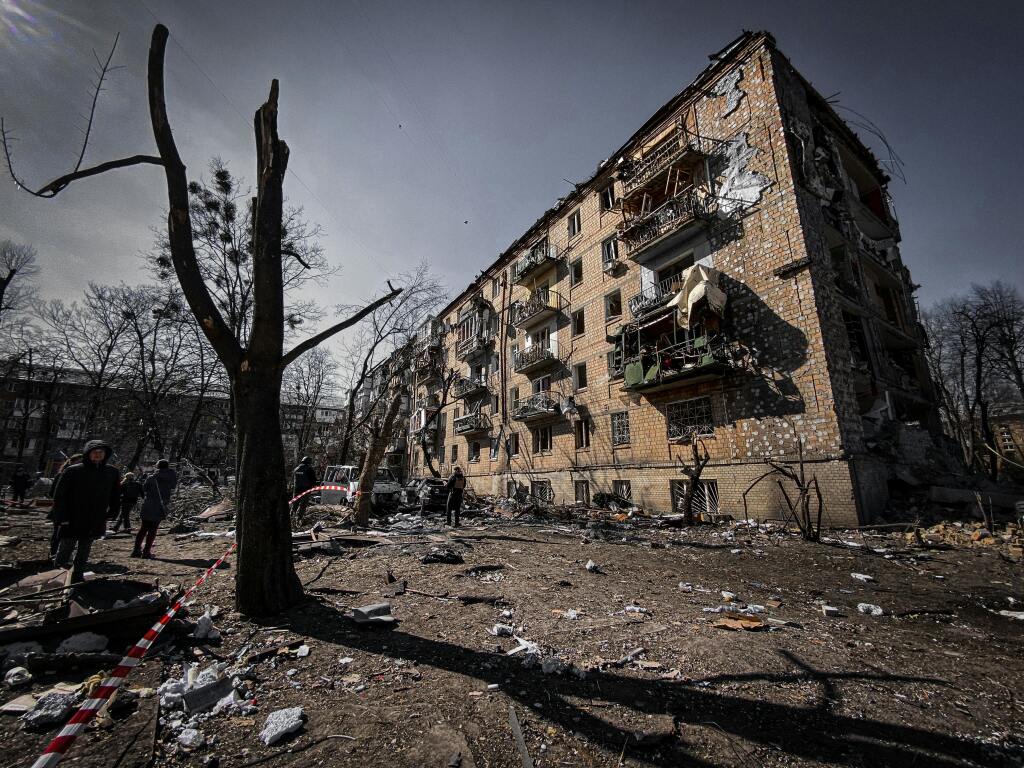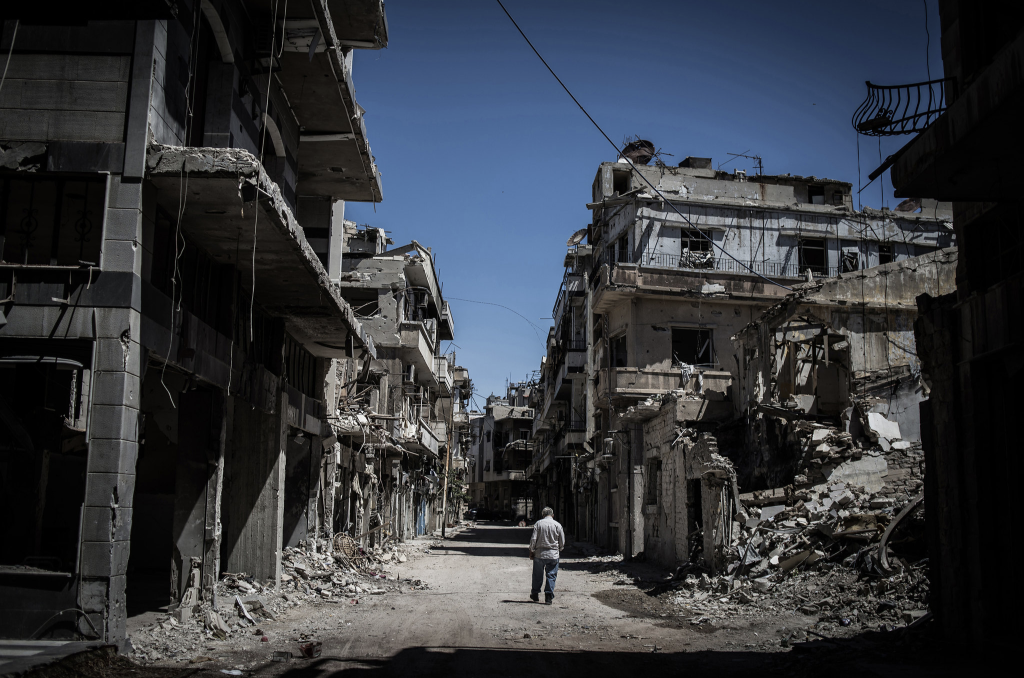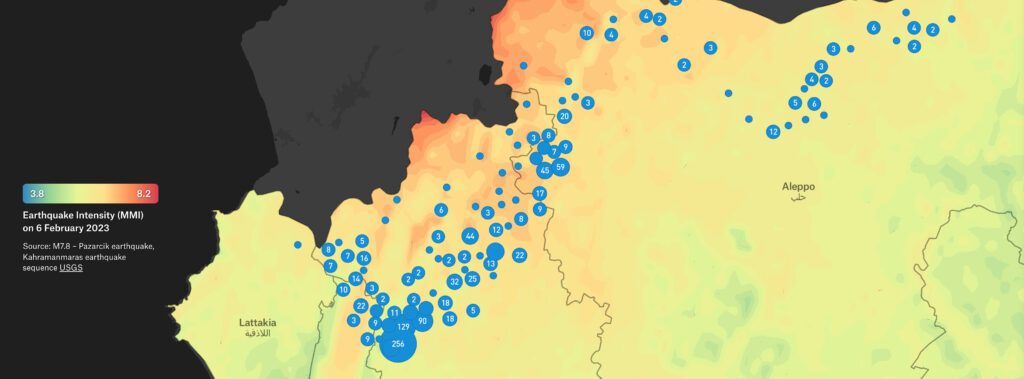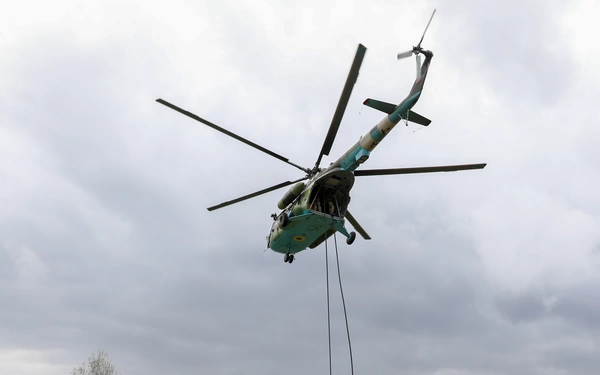The U.S.-led coalition in Iraq and Syria – officially known as Operation Inherent Resolve – has been directly active in a conflict with the Islamic State since August 2014.
Airwars has documented thousands of allegations of civilian harm from U.S.-led Coalition strikes across both countries since 2014, and produced a number of major research papers and investigations on the subject.
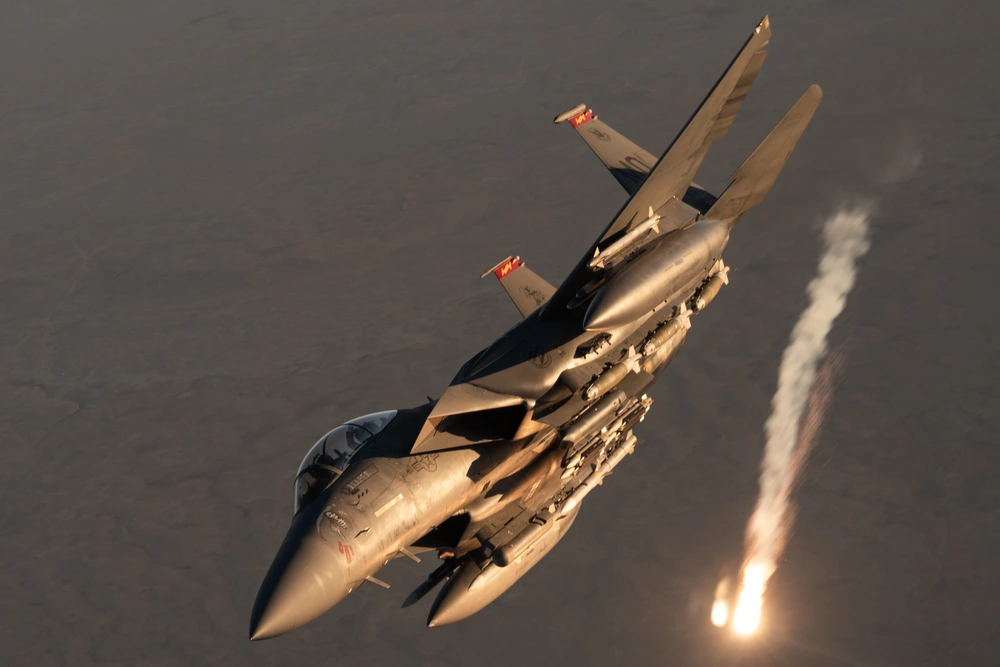
Conflicts monitored involving U.S.-led Coalition
